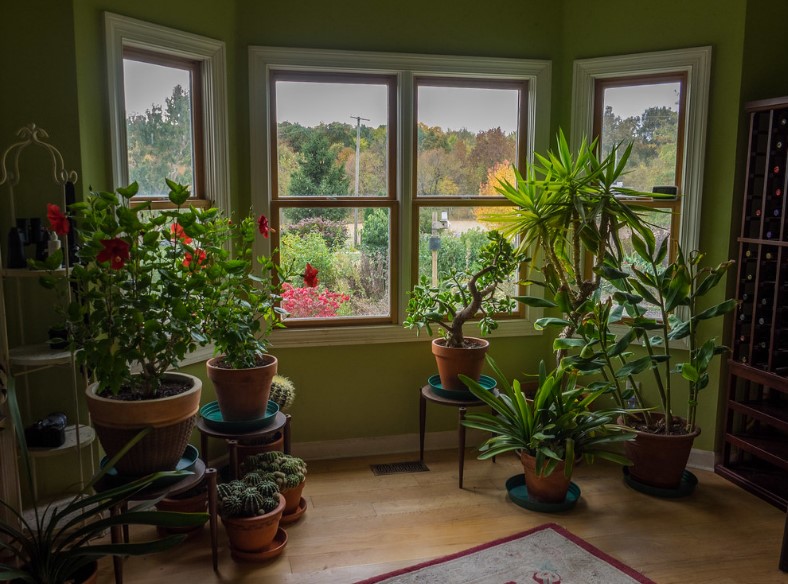Indoor Plants for the Small-Space Gardener
Table of Contents
What are the best indoor house plants?
Based on several use cases, I’ve narrowed them down to a few go-to plants. If you’re looking for a plant that grows well in indirect sunlight—that is, in a room that gets less than 600–700 lux of sunlight a day, the succulent teasel is the perfect plant for you. You can keep it in a container, or if you’ve got some extra space, use it as a hanging plant. Once established, it cannot be overwatered and can go weeks without being fed. The best temperature range is around 30–50 degrees Fahrenheit (1–7 degrees Celsius). That said, you cannot assume a specific temperature tolerance either.
My cacti and succulents do do best in cooler, however I’ve grown them in any room (even minus 25 degrees F (-23 C)). The exotic artichoke is a popular northern houseplant. However, the tips of the black and red spiky tips of its succulent leaves might be hard to fit among the charm of its native range. That’s why this plant is also available in the southern hemisphere. This large succulent plant tolerates low light conditions, but won’t do as well in indirect sunlight as it would in a room that gets more than 600 lux. If you live somewhere with bright, indirect light, the artichoke will do just fine.

The succulent teasel is the best houseplant for our Southern California climate. While the plant can also handle sitting in direct sunlight, it would do best in an environment that receives about 600–700 lux of sunlight a day. While the indoor houseplant may seem like a useful tool for growing plants indoors, you should be aware of the fact that most houseplants require sunlight to survive. Some plants, like the succulent teasel, need very little sunlight. Others, like some plants that benefit from daily misting, will grow much better in direct sunlight. The daily misting system is best for plants that like to get sunshine and water — like most houseplants, most cacti and succulents, creeping ash, and chameleons.
What is the easiest house plant to grow?
Himalayan pepper plants are easy to care for. They are hardy in moderate-temperature/low-light environments and prefer relatively high humidity levels. This tolerance to humidity and temperature is another reason why Himalayan pepper plants grow faster than most other indoor houseplants. While most of these houseplants thrive in bright, filtered sunlight, some varieties can thrive in indirect light as well-i.e. sunlight that falls on the foliage or as part of the general indoor lighting environment.